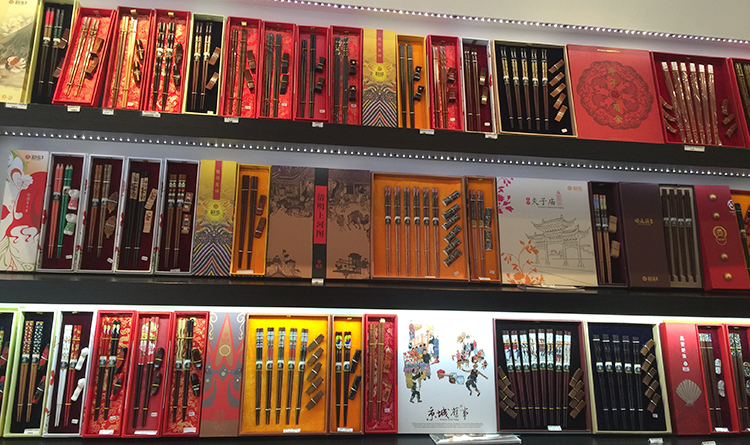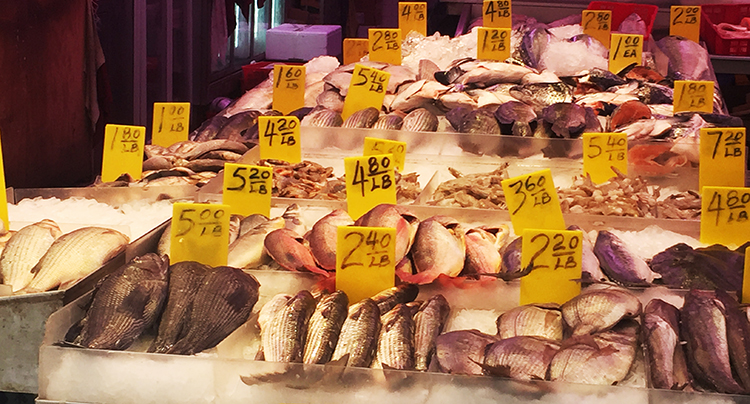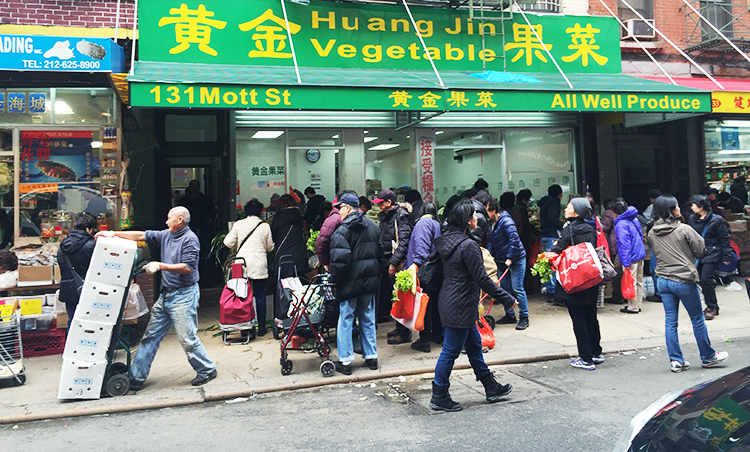Written by: Dr. Dushka H. Saiyid
Posted on: February 08, 2016 | 
Chinatown
It is not surprising that New York City is set to celebrate the Year of the Monkey with great fanfare. Starting with the Firecracker Ceremony and Cultural Festival in atown on the 8th of February, it is followed by the big New Year Parade and Festival on the 14th. Crowds of revelers throng the streets to watch the floats and performers against the backdrop of blaring music, while there is hardly room to move in the crush. Similar festivities take place in other boroughs of New York on other dates. Macy’s, the largest department store in Manhattan, has a large decorative red monkey on display, and the Empire State building has got shimmering lights and changing colours to welcome the Year of the Monkey.

Manhattan’s Chinatown is squeezed between Broome and Lafayette streets, a world apart from the rest of New York. Chinese jostle in this densely populated area to shop in the myriads of stores catering for Chinese needs, or to eat at one of the Chinese restaurants that are at every corner. Whether you are looking for quality chopsticks, or for red decorations to celebrate the New Year, or seafood from the cavernous seafood outlet with live eels, fish, lobsters and crabs jumping around, it’s all available here.

Within Chinatown, Columbus Park is a center of activity. Columbus Park exudes an aura of the charming old China, although their mother country has undergone a transformation, at least in the big cities, bustling with energy, fast paced, full of high rises, flyovers and spanking clean. You will find groups of Chinese sitting around playing Xiangqi or cards, or a musical instrument. It is the go to place for early morning Tai chi. A tall sculpture of Sun Yat-sen, commonly regarded as the founder of modern China, watches over his people engrossed in their hobbies or just huddled on the benches chatting. Not far from the Park in Chatham Square stands a statue, over eighteen feet tall, of Lin Zexu, an outstanding official of the Qing dynasty who led the crusade against the import of opium into China by the British merchants, resulting in the First Opium War of 1839. He had realized the devastating effects of opium on the Chinese, but although he defeated the British repeatedly in Canton, they sailed north and established their hold in provinces there. Zexu was made the scapegoat for this setback by an imperial court in decline, and sent into exile. While Lin Zexu began the resistance to colonial powers, Sun Yat-sen led a movement that brought the decaying Qing dynasty to an end, and presided over the birth of the Republic of China.
A stone’s throw from Chatham Square is the Confucius Plaza, the first public-funded housing project built in 1976. In front of it is a large bronze statue of Confucius, the Chinese philosopher and moral guide, whose wisdom and guidelines underpin the Chinese society and culture the world over.

It is cold and we are hungry, so we dive into the nearest restaurant. Food seems to be cheaper here than elsewhere in New York, including at Little India, where a meal that includes a main dish of your choice, a soup, and boiled rice is around $6.50. Chinatown neighbors Little Italy, where scenes of many a movie on the mafia have been shot.
The strength of the USA has always been its inclusiveness, how immigrants from different parts of the world have entered this melting pot and contributed to building this into a great country. Manhattan has been its crucible. Watching the Republicans debate before the elections, I wonder whether they’ll have the wisdom to retain this advantage.
You may also like: